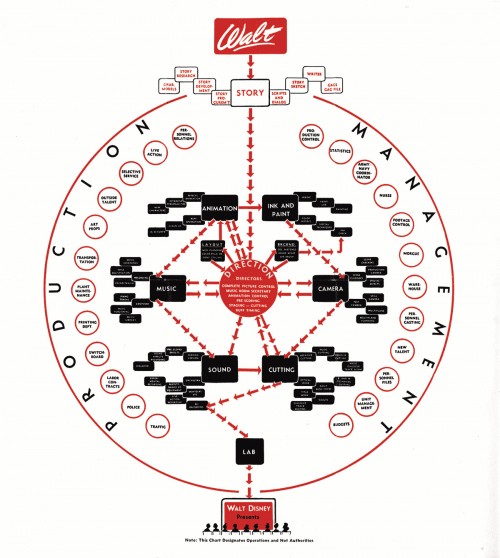Design Needs More Heart
 Image from the Little Thoughts Group.
Today, I have a guest post from my friend and a fellow industrial designer Tan Lun Cheak. Lun Cheak believes that design in Singapore, (and I dare say Asia
Image from the Little Thoughts Group.
Today, I have a guest post from my friend and a fellow industrial designer Tan Lun Cheak. Lun Cheak believes that design in Singapore, (and I dare say Asia
 Image from the Little Thoughts Group.
Today, I have a guest post from my friend and a fellow industrial designer Tan Lun Cheak. Lun Cheak believes that design in Singapore, (and I dare say Asia
Image from the Little Thoughts Group.
Today, I have a guest post from my friend and a fellow industrial designer Tan Lun Cheak. Lun Cheak believes that design in Singapore, (and I dare say Asia
A short note today. During my usual blog maintenance, I've decided to create a new category called Design Process. This category is specifically meant as a place for you to locate design process discussions and visualizations that can help you better under our complex design
 Image by Plindberg
I would like to take a moment from my daily grind to share something that I have been considering for a long time now. I seem to be doing a lot of that lately eh?
Fellow designers,
Image by Plindberg
I would like to take a moment from my daily grind to share something that I have been considering for a long time now. I seem to be doing a lot of that lately eh?
Fellow designers,
 Click on the image for a larger size.
@Issue Journal has shared a wonderful graphic visualization of Disney's internal organization chart. What is interesting to note is the organization’s structure is build up around
Click on the image for a larger size.
@Issue Journal has shared a wonderful graphic visualization of Disney's internal organization chart. What is interesting to note is the organization’s structure is build up around
A few weeks ago, I pinged on my Twitter Stream: “I have been musing if simplicity is overrated. Humans are inherently complex creatures. What do you think”? I got a few responses mostly disagreeing with my thoughts, with many people suggesting that we
 Click on the image to zoom in.
Check out this visualization of the Design Process taught at the Stanford D-School . The photo was taken by
Click on the image to zoom in.
Check out this visualization of the Design Process taught at the Stanford D-School . The photo was taken by
Edit: An irate Design Sojourn reader has highlighted to me that this is Green Washing at its best. Mahogany trees takes 10 years to mature before it can be cut down. I have responded directly to her, but I also would like to
Joe Duffy's "Demystifying Design: An Argument for Simplicity" is a great little piece that calls out Design like it should be. Here is my favorite bit:
What is design? It begins with ideas--ideas based in purpose. It requires a plan or a process. It
I'm always happy to hear of designers that have taken the effort to turn one of their great ideas into reality. I think it is a great learning experience even if the result was a not a success. (Remember you learn more if
I have been watching ”Design Thinking” very closely for a long time now, often amused on how it is unfolding in both the design and non-design industries. At this time I’m curious it is evolving, and having strong suspicions on how it can be
I recently read a really insightful interview with the members of the Griffin product development group on how they go about creating their wonderful accessories for the iPhone and iPod. One comment, in particular, struck a chord:
How does the process begin? TC: Regardless of
Anders Ramsay, a UX designer, has done an excellent job in explaining on his blog the advantages of a iterative design process versus a "Waterfall" (or Linear as I call it) design process. He gets a nod from me for explaining that Industrial Designers have
Gadi Amit, president of NewDealDesign, writes at The Fast Company Blog that Innovation (or Design Thinking?), as championed by the likes of Bruce Nussbaum (BusinessWeek's Design Blog) and David Kelly (IDEO), is "killing" Industrial Design by forcing an "analytical structure" over something that is
The background of this article stems from my interest in how Strategic Industrial Design forms the backbone of thinking in the very best designers in our field. Therefore I have been quietly spending some time studying and observing strategic designers and their “modus operandi”.
Post originally published on May 27, 2006. Edit 1: Updated with new written copy, updated links, and images. Squiggle by Damien Newman Years ago
Image source: Insight One of the key factors I noticed in any successful product and/or design, was that the product's designer had some kind of critical insight. It is this "ah-hah!", this "Wow!", this "Eureka" moment that can turn any design into a great one. It
"An introduction to formgiving in Chinese product design" is a research article, written by Vigleik Norheim from the Department of Product Design from the Norwegian University of Science and Technology. It gives some interesting insights on the cultural influences that impact the form-giving methodology